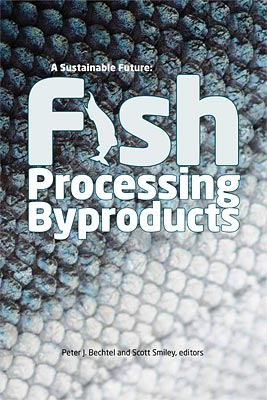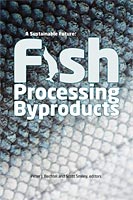
Methods for drying stickwater
S. Plante, S. Smiley, A.C.M. Oliveira, and P.J. Bechtel
- Price: $1.50
 This is part of A Sustainable Future: Fish Processing Byproducts
This is part of A Sustainable Future: Fish Processing Byproducts| Format | Price | |
|---|---|---|
| PDF download [704.9 KB] | $1.50 | Add to Cart |
Description
Alaska is one of the largest fisheries in the world. More than 2 million metric tons of fish are harvested there each year. Walleye pollock (Theragra chalcogramma) is the most abundant fish captured, at more than 1 million t, followed by the combined species of Pacific salmon at about 250,000 t. Assuming that only 25% of the fish are used for human food, this leaves a considerable amount of byproducts to process into fish meal. Alaska's fish meal production differs because food-grade processing wastes are employed instead of whole fish. In other parts of the world, whole fish are transformed exclusively for fish meal (e.g., sardine, menhaden). Alaska's waste fish are "fresh" when received for processing. Stickwater is a byproduct of fish meal production. Derived from oil-depleted liquid fractions during processing, stickwater contains soluble molecules. Little is known about the chemical or nutritional characteristics of Alaska's stickwater. Our objective was to develop an efficient method for producing dried meals from stickwater, which has a sticky nature and unique drying challenges. We produced dried powders from pollock stickwater using different dryer technologies including lyophilization, microwave, and drum drying. We present the methods used to dry stickwater and some basic chemical analyses that were performed on each powder. Given the high quality of the waste fish used to produce Alaska fish meal, we concluded that stickwater could be a very good binder agent and a potential attractant or appetite enhancer for aquaculture purposes.
Item details
- Item number: AK-SG-10-02l
- Year: 2010
- DOI: https://doi.org/10.4027/sffpb.2010.12



